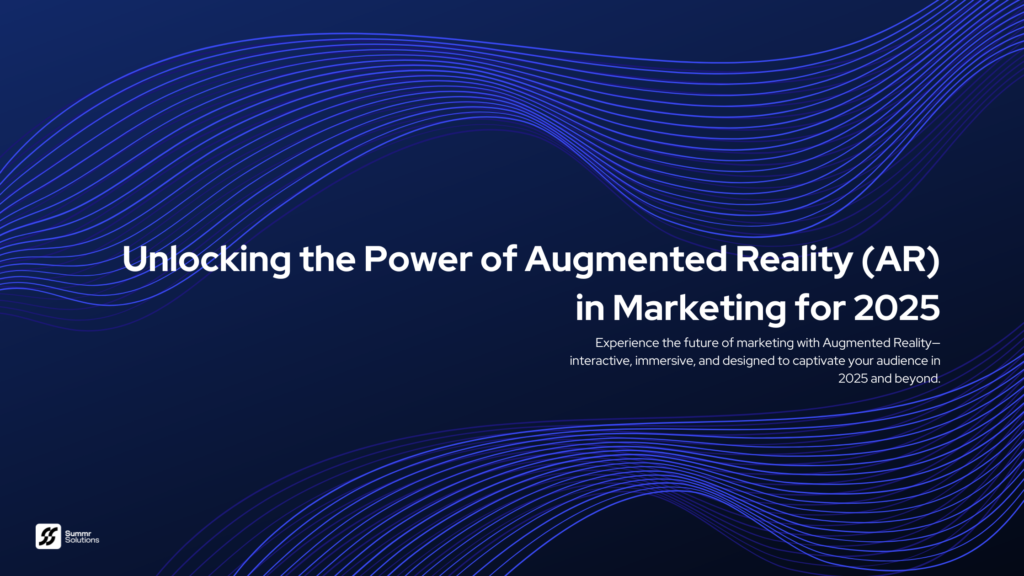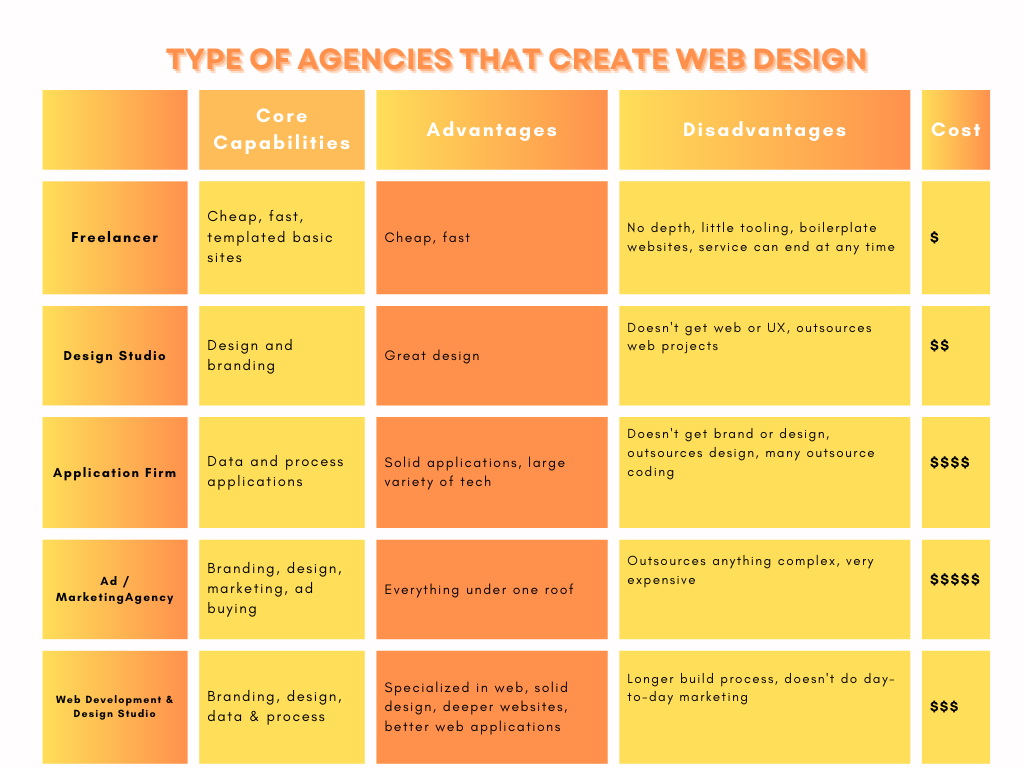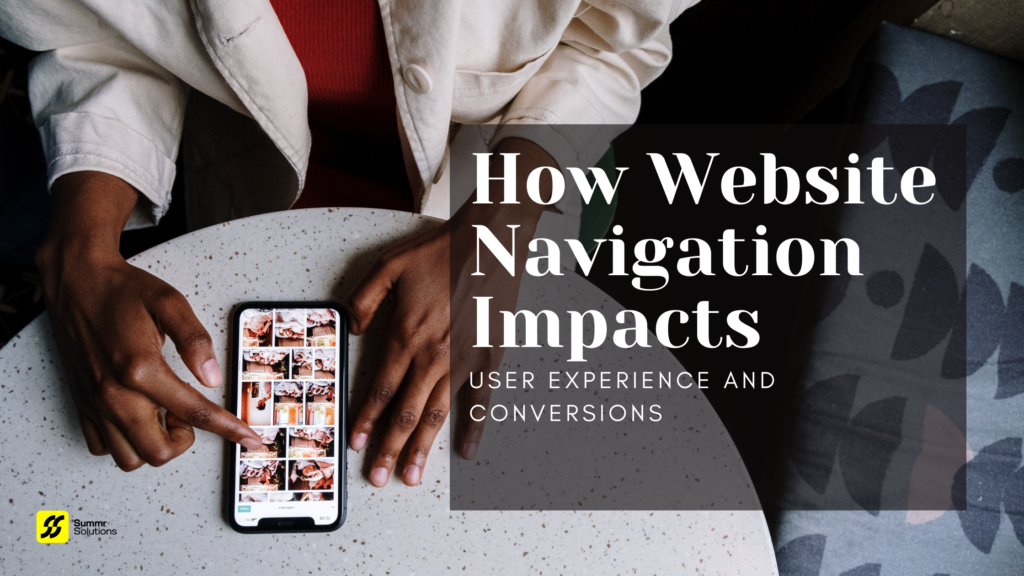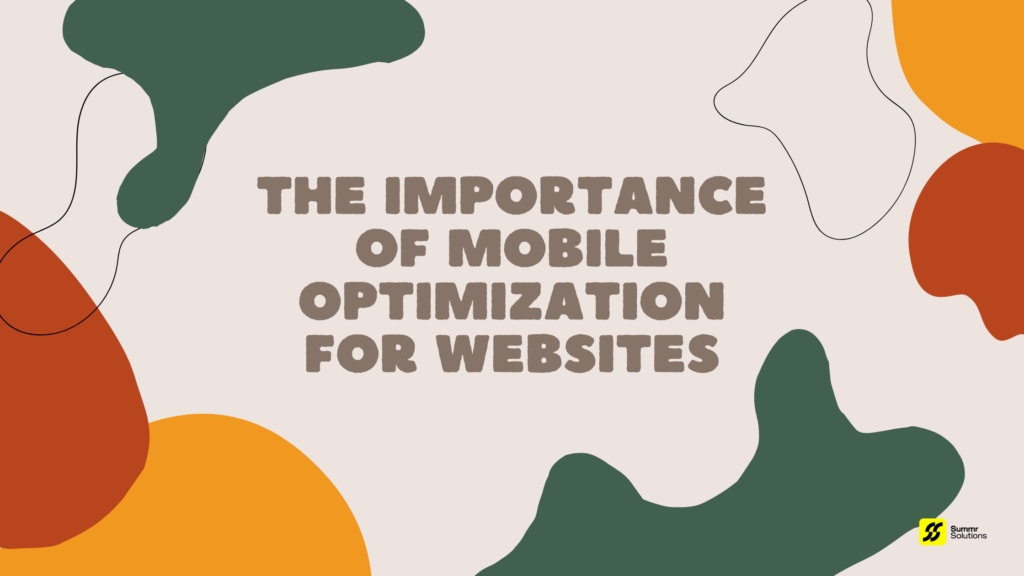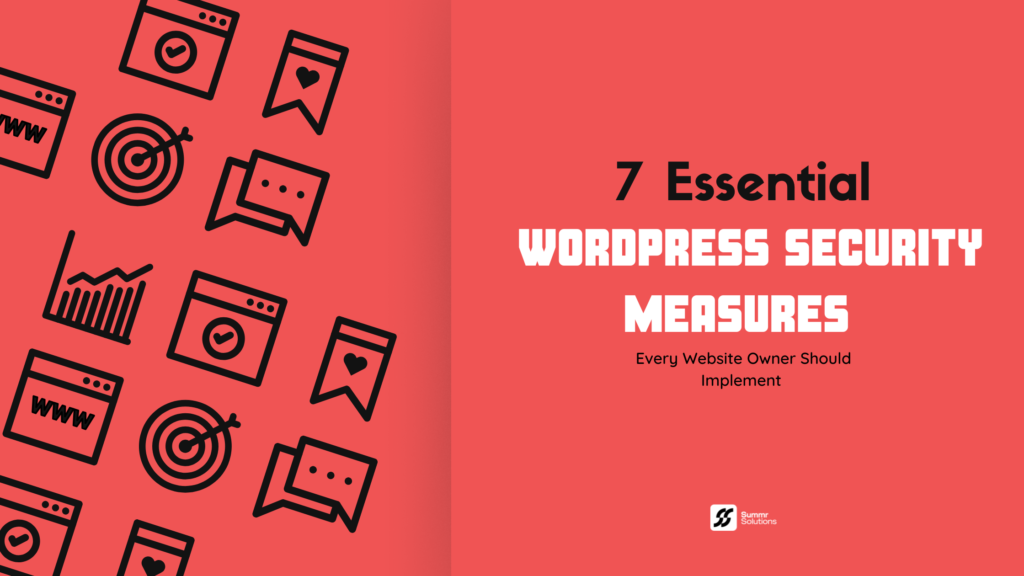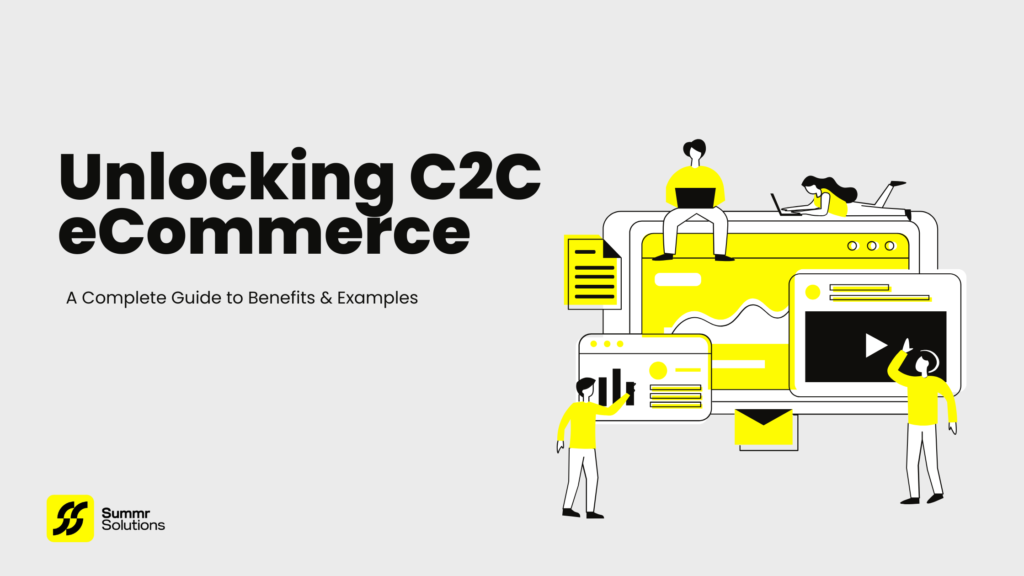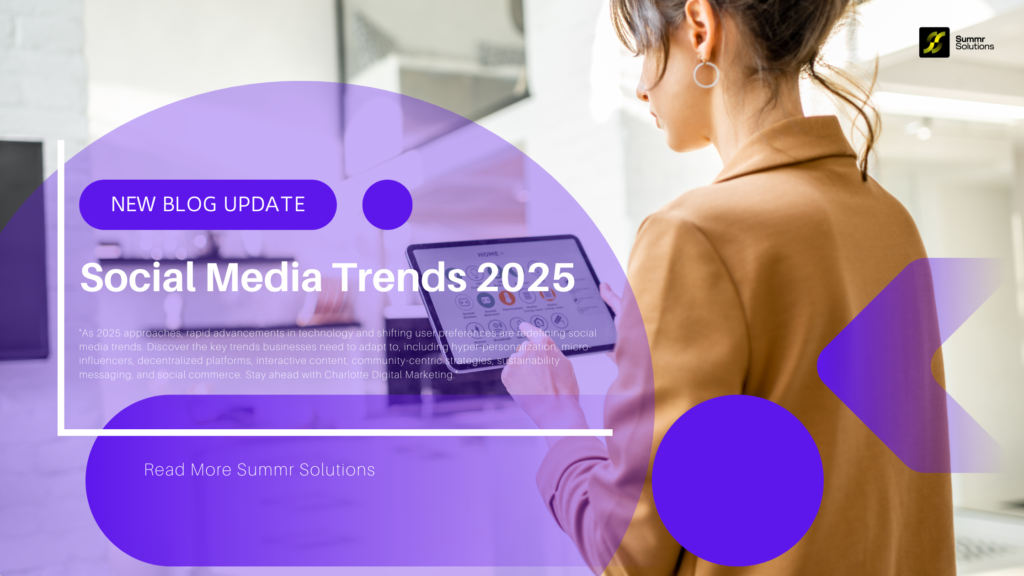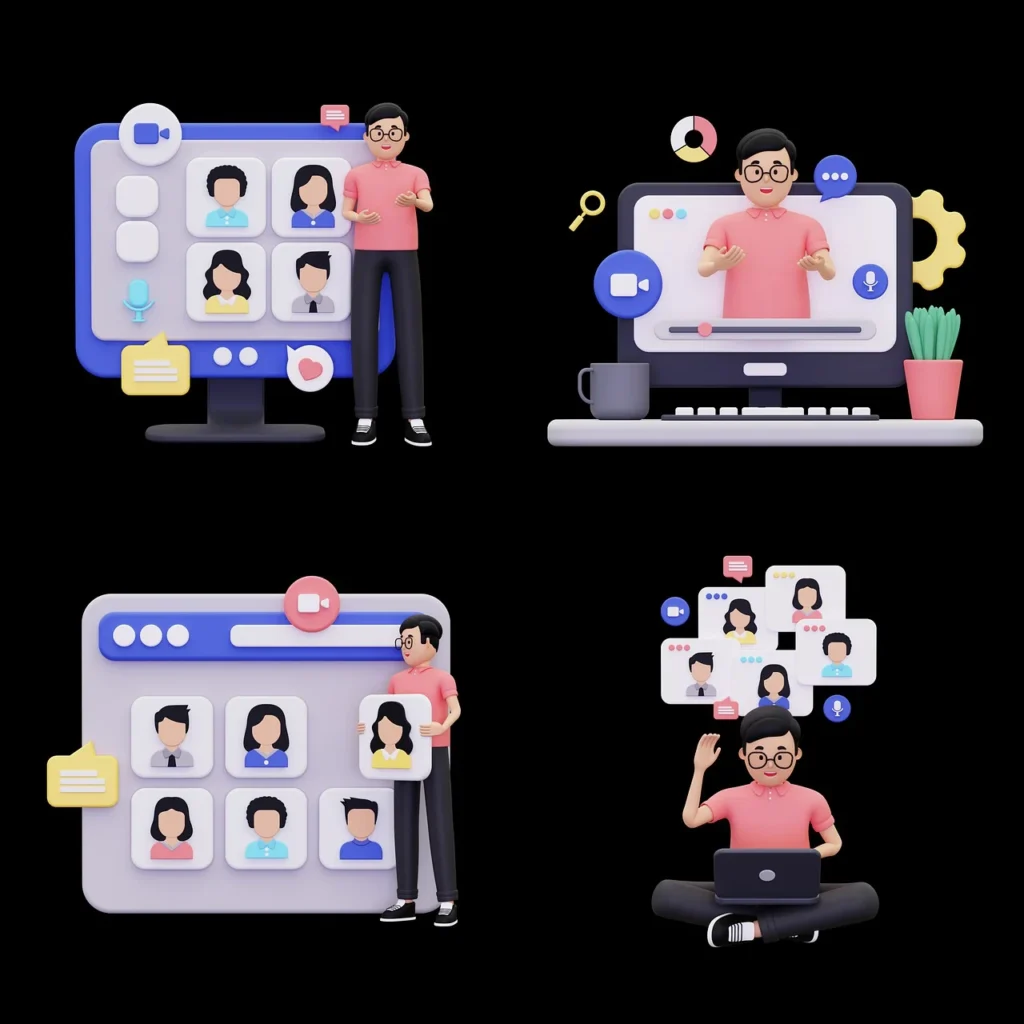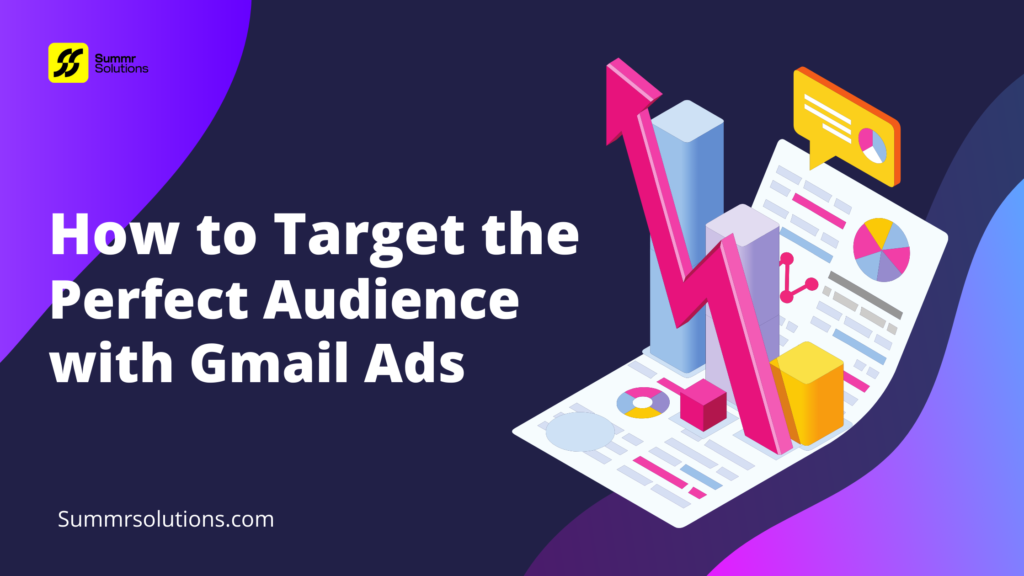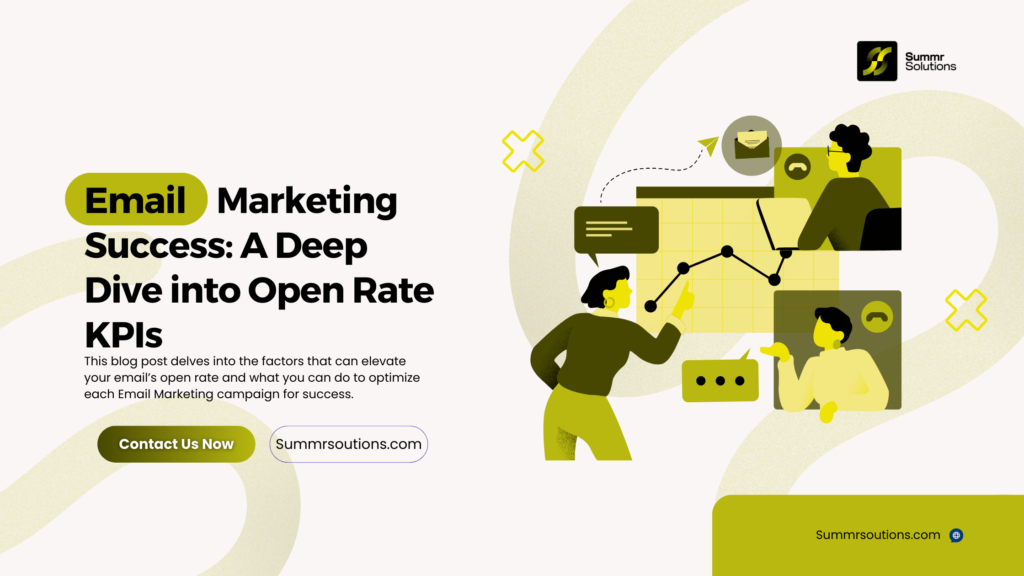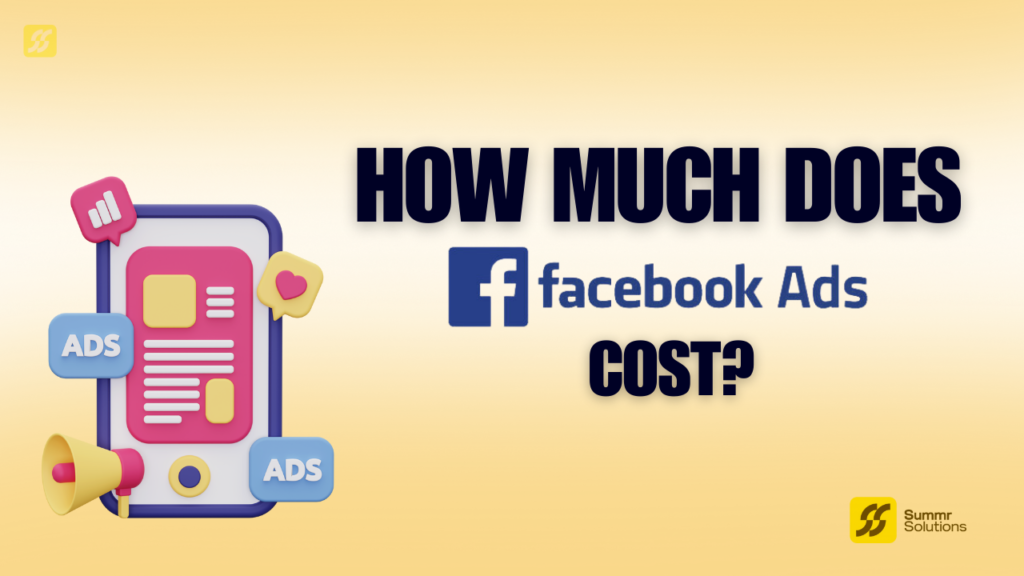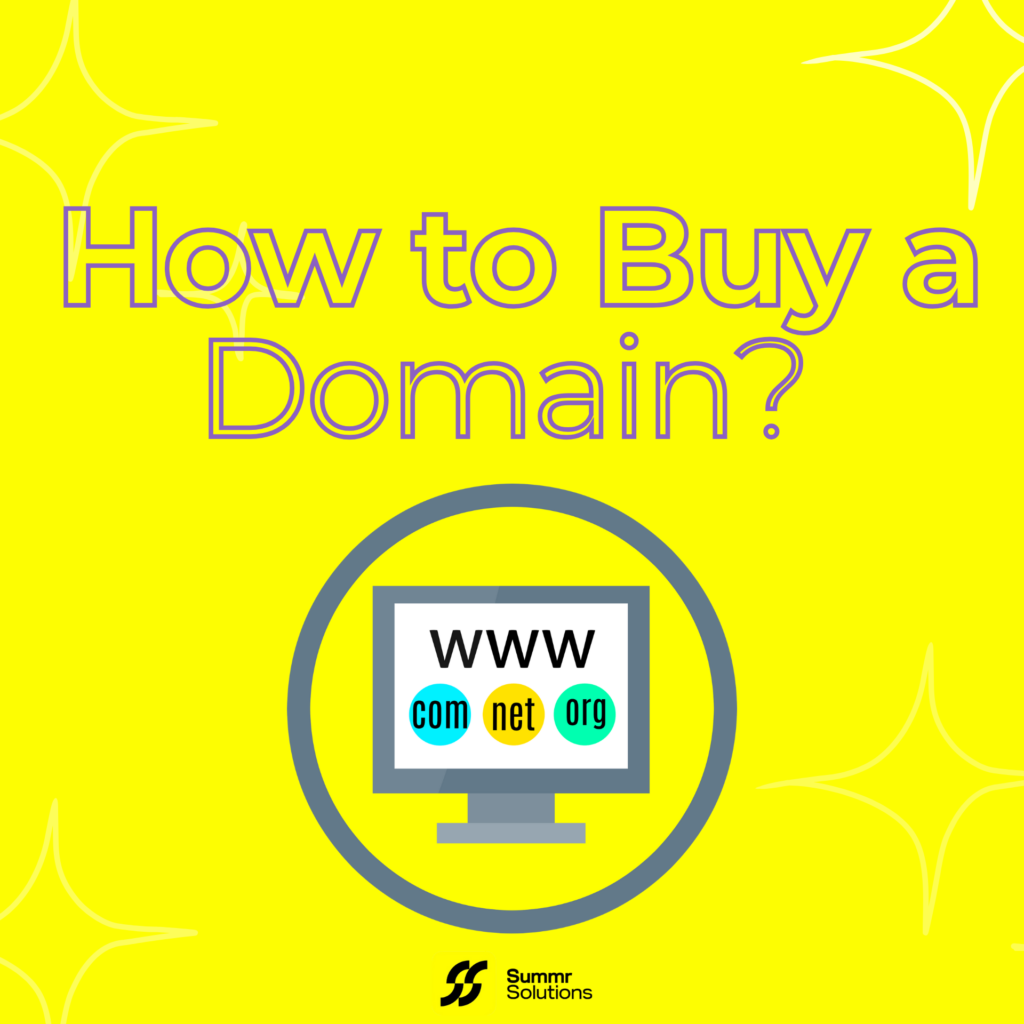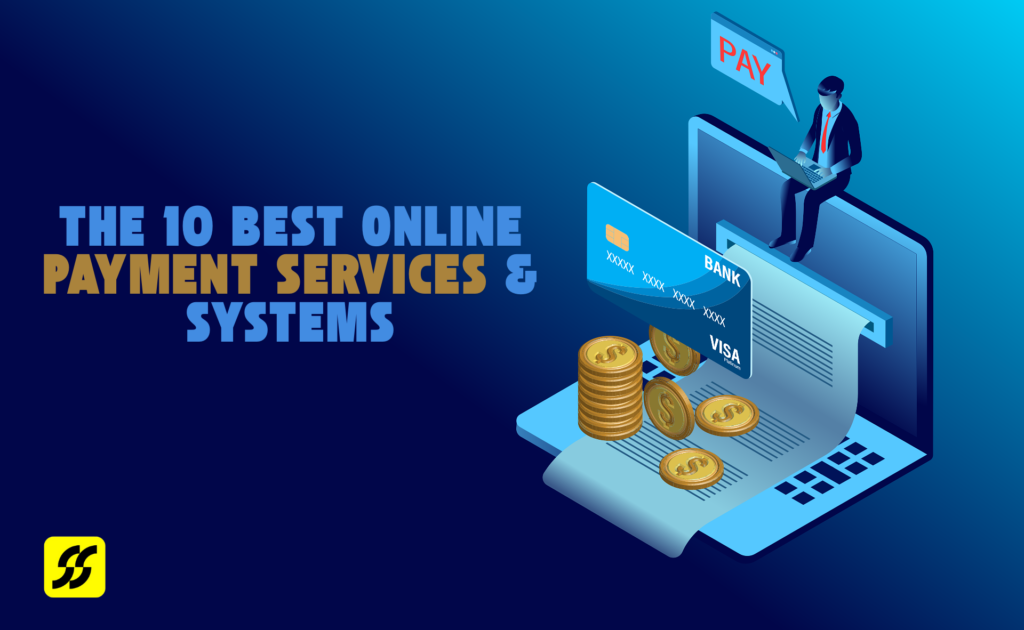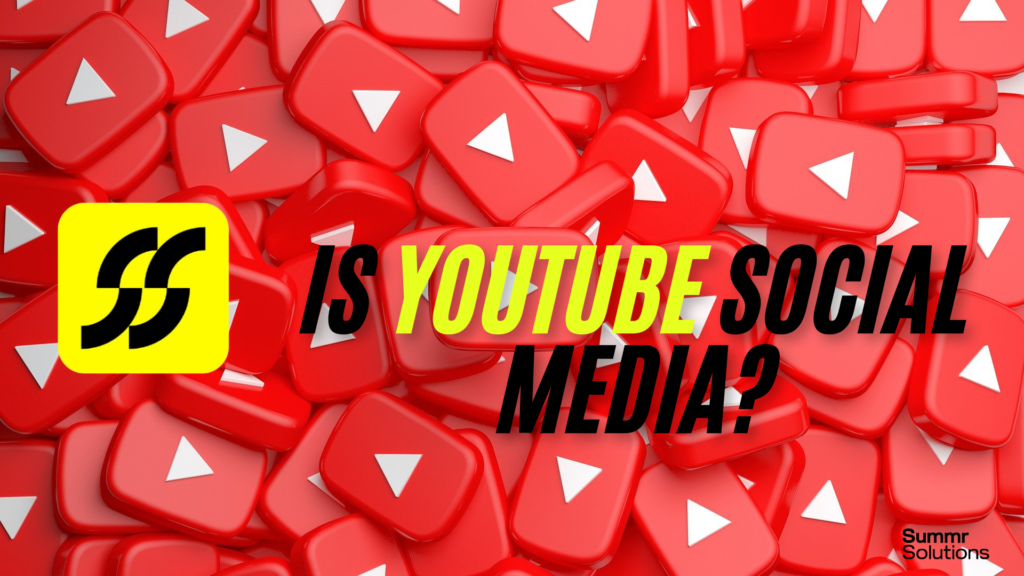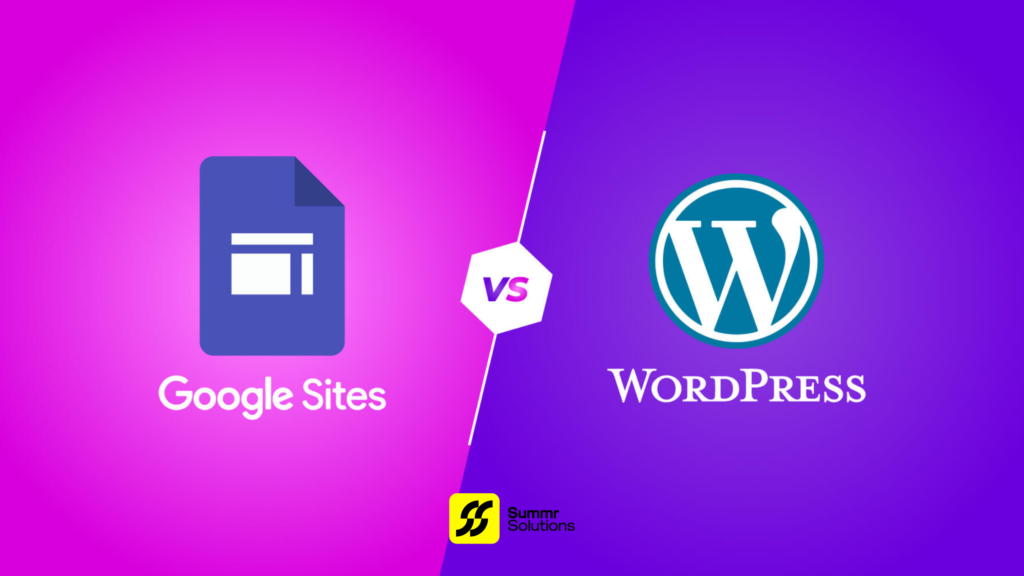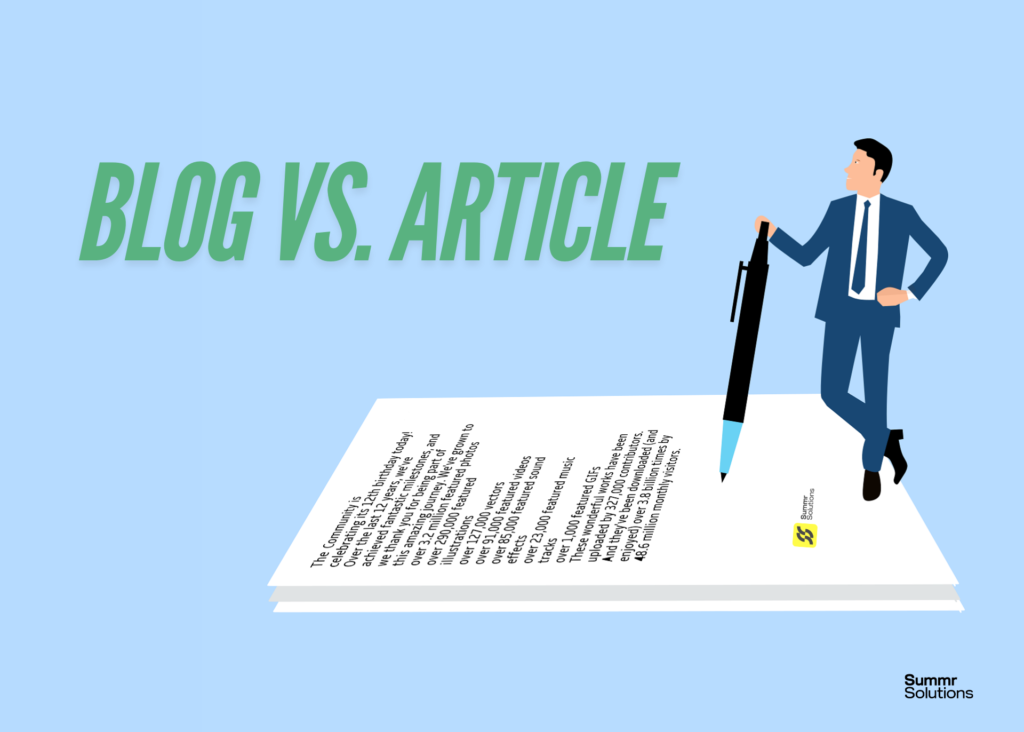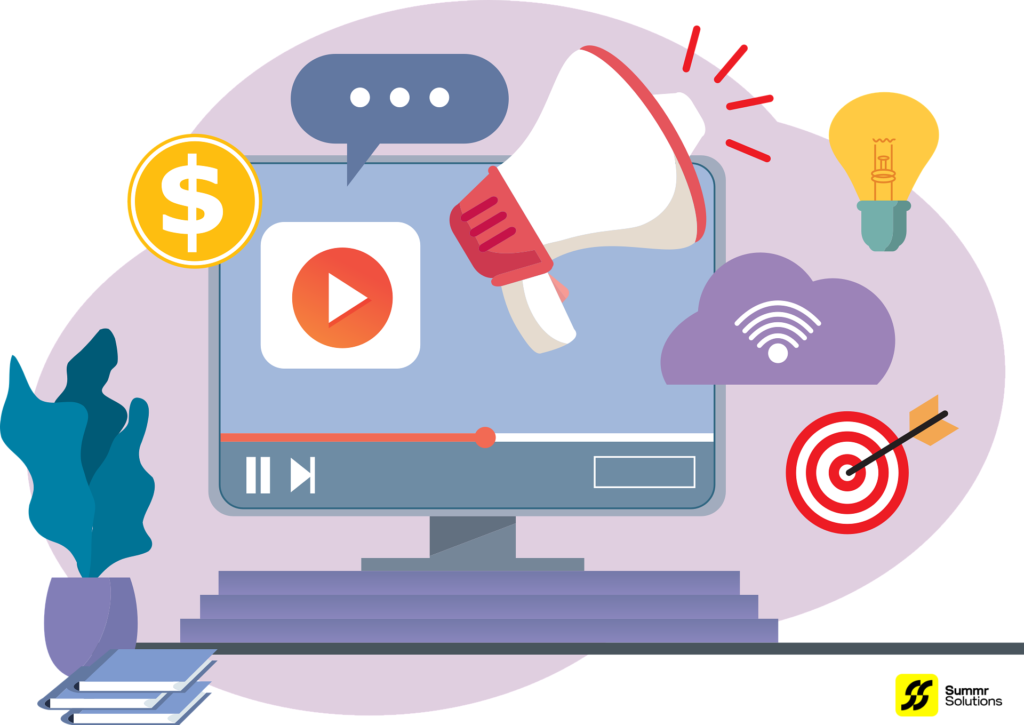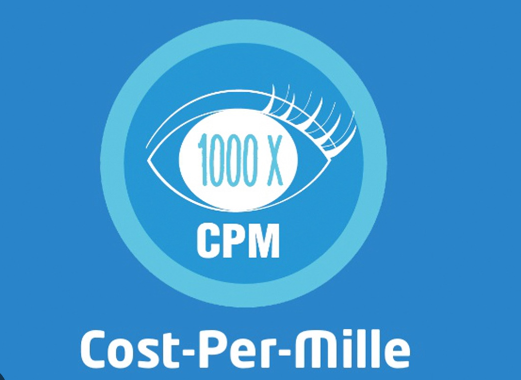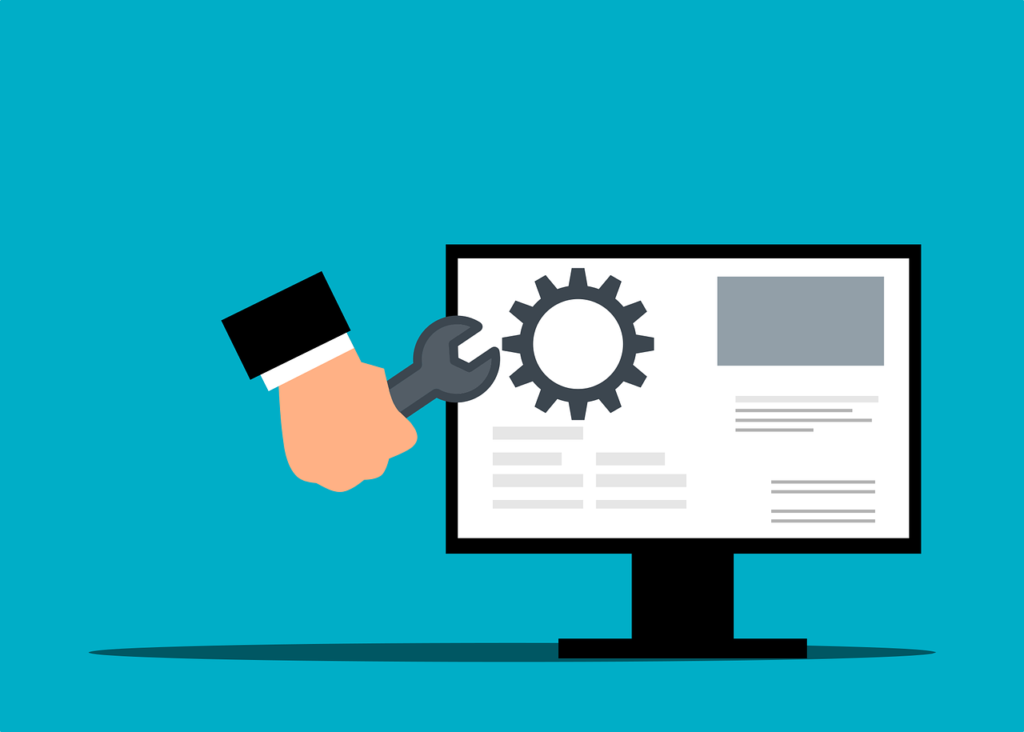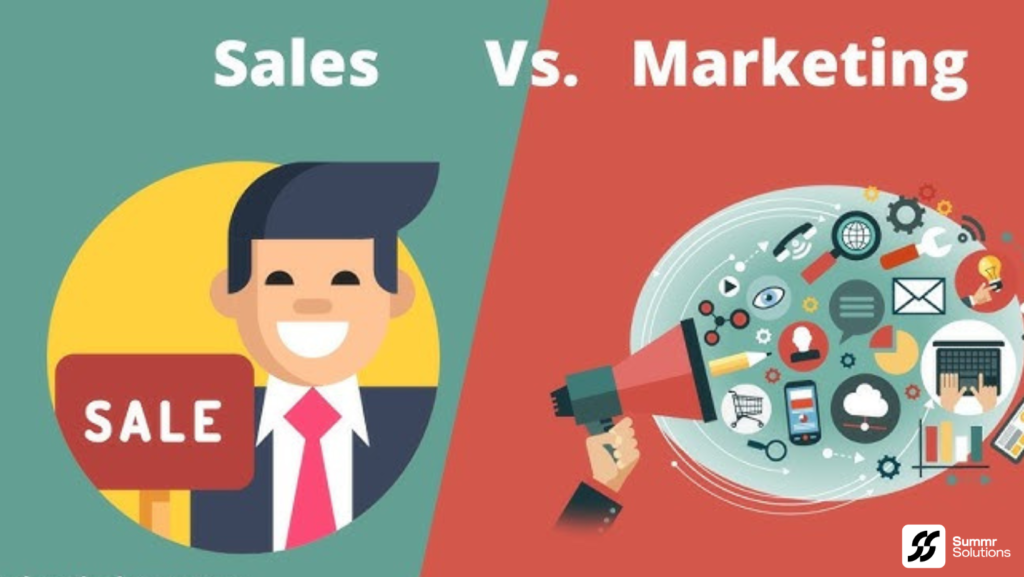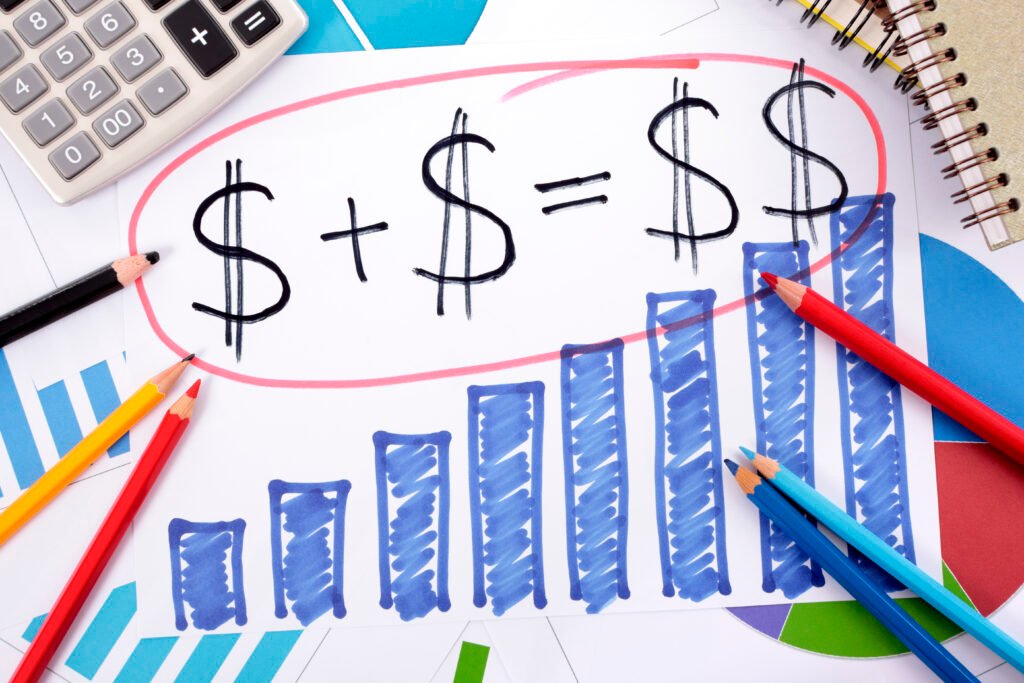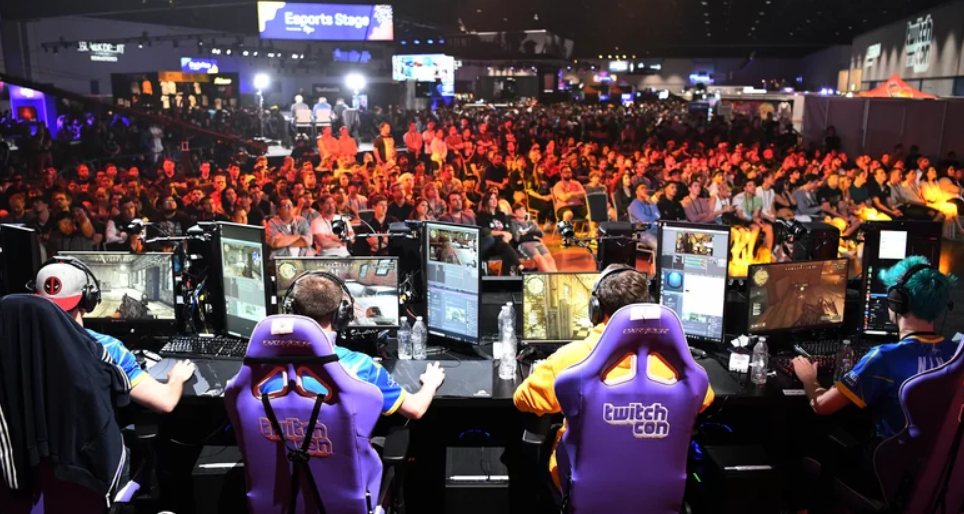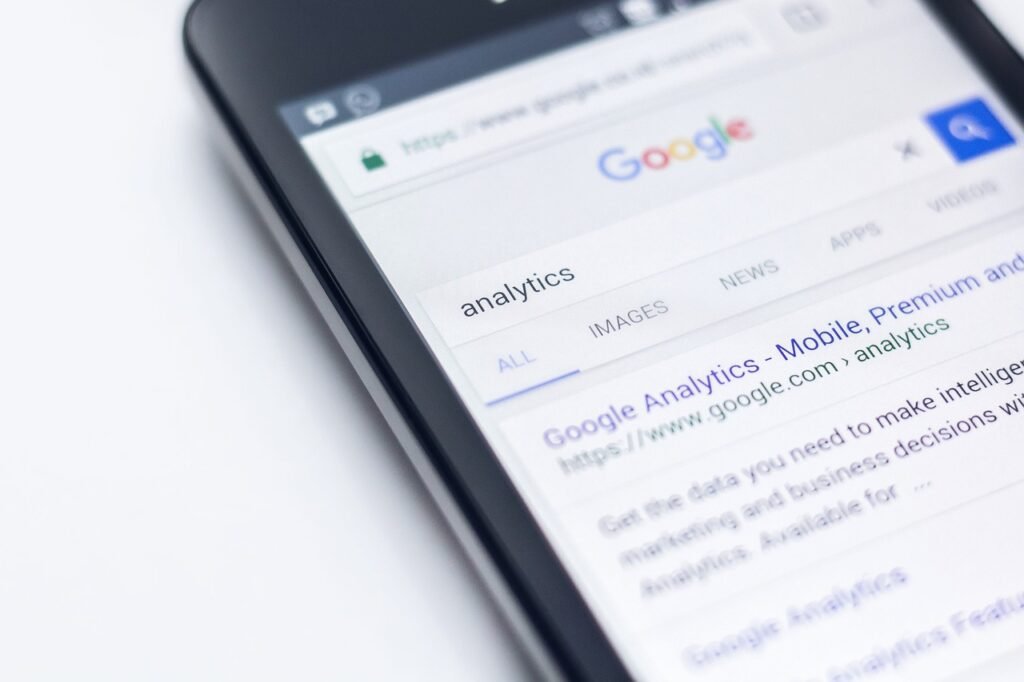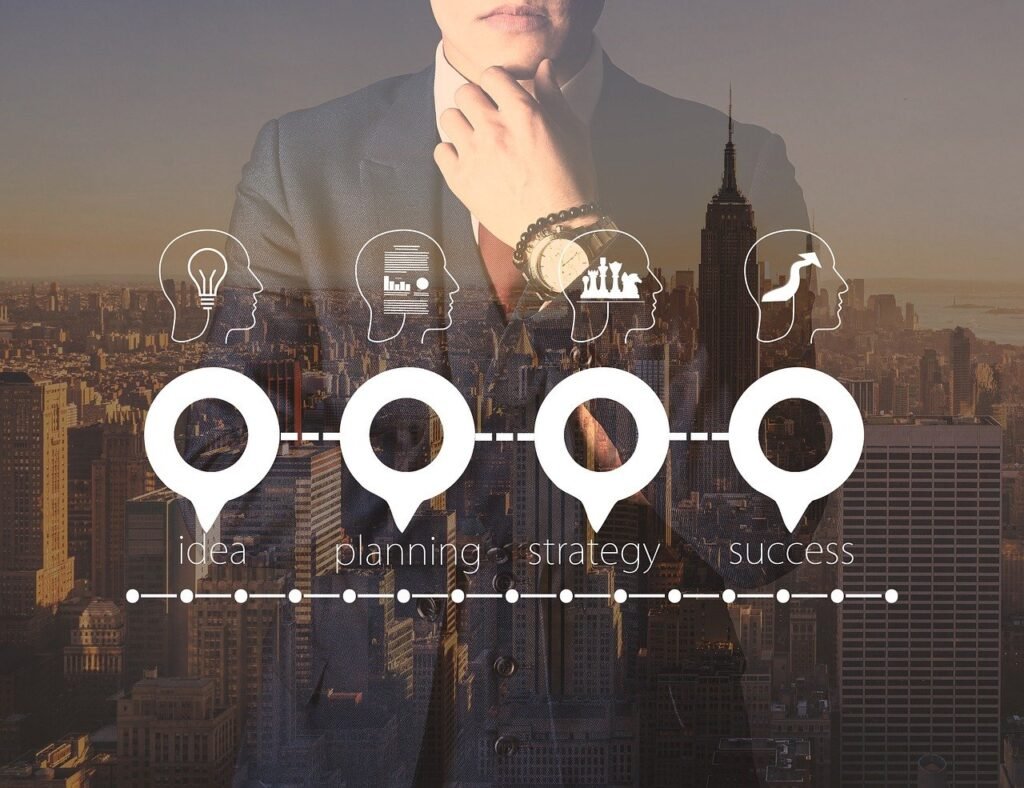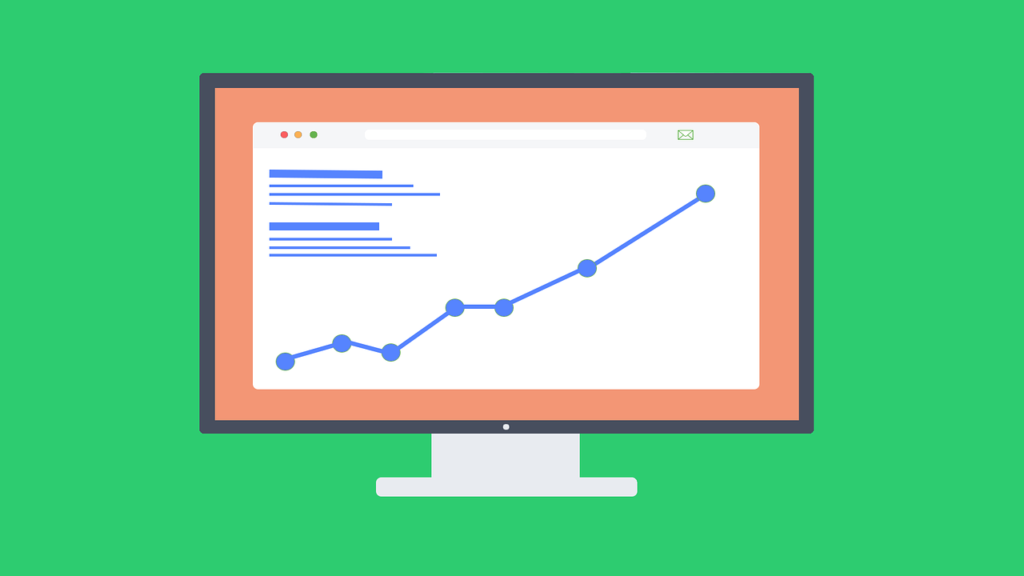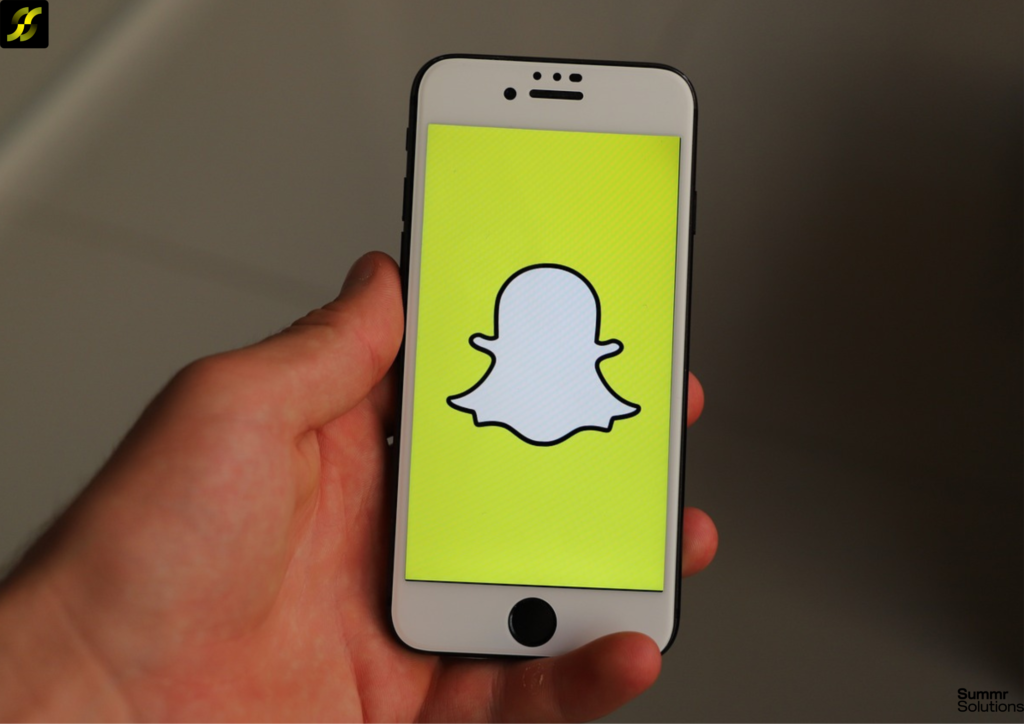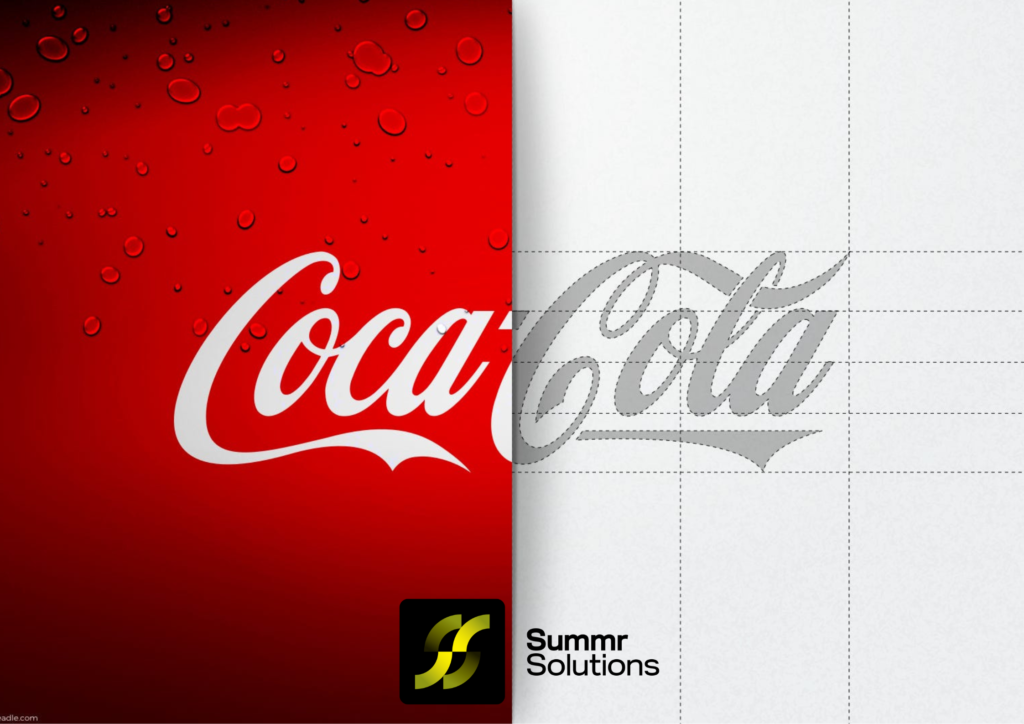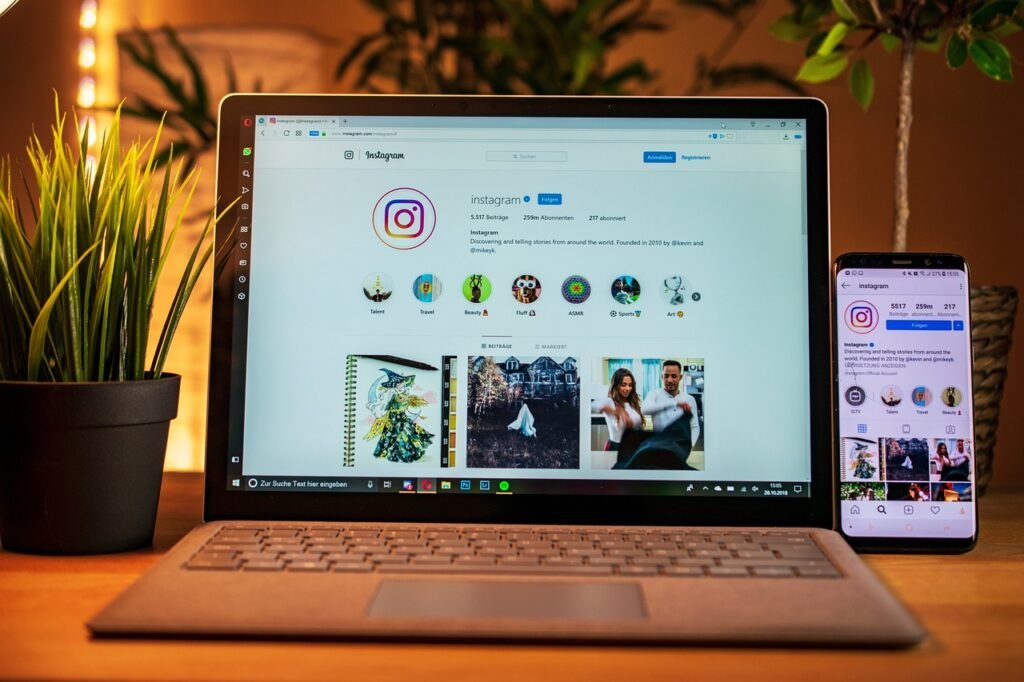Engagement rate is a critical metric that sheds light on how your audience is interacting with your content. Whether you’re posting on social media or running online campaigns, understanding this metric helps you evaluate your content’s effectiveness. This post will walk you through the basics of engagement rate, how to calculate it, the benchmarks for Q3 2024, and how to incorporate it into your strategy.
Understanding Engagement Rate
Engagement rate measures how actively your audience is interacting with your content through actions such as likes, comments, shares, and clicks. It’s more insightful than merely looking at impressions or views because it focuses on interaction, giving a clearer picture of how well your content resonates.
Free Tool for Calculating Engagement Rate
You don’t need any complex tools to calculate your engagement rate. You can use a simple formula like the one below:
Engagement Rate = (Total Engagements / Total Impressions) x 100
For a different approach, calculate it based on your follower count:
Engagement Rate (by Followers) = (Total Engagements / Total Followers) x 100
Alternatively, free engagements rate calculators available online can make this process quicker and easier.
Six Ways to Calculate Engagement Rate
There are several formulas for calculating engagement rate, depending on your objectives. Here are six commonly used formulas:
- Impression-Based Engagement
Useful for paid ads or content where impressions are key:
Formula: (Total Engagements / Total Impressions) x 100 - Reach-Based Rate
This formula calculates interactions based on the number of unique users who saw the content:
Formula: (Total Engagements / Total Reach) x 100 - Follower-Based Engagements Rate
Best for tracking engagement with your existing audience:
Formula: (Total Engagements / Total Followers) x 100 - Video-Specific Engagement Rates
Ideal for platforms that focus on video content, such as TikTok or YouTube:
Formula: (Total Engagements / Total Video Views) x 100 - Click-Based Engagements Rate
Great for tracking campaigns where the focus is on clicks:
Formula: (Total Clicks / Total Impressions) x 100 - Engagement by Specific Action
This helps track a particular engagement type, such as comments or shares:
Formula: (Specific Engagement / Total Impressions) x 100
Automating Engagements Rate Calculation
Calculating engagement rates manually for multiple platforms can be time-consuming. Tools like Hootsuite, Sprout Social, and Buffer make this easier by automating data collection and calculation. These platforms can automatically pull engagement metrics and calculate rates for you, providing more in-depth insights into your content’s performance.
These tools can even break down engagement by content type, helping you see which formats perform best.
Engagements Rate Benchmarks for Q3 2024: What’s Considered “Good”?
Understanding what qualifies as a “good” engagement depends on the platform and your industry. Below are the average engagement rates for Q3 2024:
- Average: 1.5% – 3%
- Top Performers: 4% and above
- Influencers/Creators: 2.5% – 5%
- Average: 0.5% – 1.5%
- Top Performers: 2% – 3%
- Average: 0.3% – 0.9%
- Top Performers: 1.5% – 2%
Twitter (X)
- Average: 0.02% – 0.06%
- Top Performers: 0.1% – 0.2%
TikTok
- Average: 5% – 8%
- Top Performers: 9% and higher
These benchmarks offer a reference point for assessing your performance. For example, if you’re an influencer on Instagram, aiming for at least 3% engagement is a good target.
Maximizing Engagement Rate for a Stronger Social Strategy
Knowing your rate of the engagement is just the beginning. To truly benefit, you need to incorporate this metric into your broader social media strategy. Here’s how:
- Enhance Content Planning
Analyze your engagement to identify what content types perform best. If you notice that your videos have a higher rate than images, adjust your strategy accordingly. - Optimize Posting Schedules
Engagement rates can inform you about when your audience is most active. Use this insight to post at optimal times and maximize interactions. - Set Data-Driven Goals
Compare your engagement rates with industry benchmarks to set realistic, measurable goals. If you’re below the average rate for your industry, that’s a sign to fine-tune your strategy. - Experiment with Content Types
Try different content formats—such as polls, videos, or infographics—and monitor how each one impacts your engagement rate. - Build Stronger Relationships
Rate of engagement rate isn’t just a number. It reflects how well you’re building relationships with your audience. Take time to respond to comments and foster community, which will drive more interactions in the future.
Conclusion
Engagement rate is one of the most valuable metrics for assessing the performance of your social media content. The benchmarks for Q3 2024 provide an excellent framework for evaluating your progress and ensuring your campaigns are resonating with your audience. By leveraging tools, analyzing data, and adjusting your strategy, you can use rate of engagement to consistently improve your social media performance.
Take these insights into Q4 2024 and beyond to refine your digital strategy and boost your brand’s online presence!




